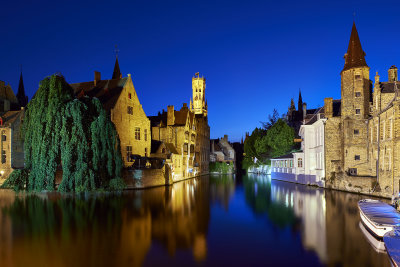I don't examine many photos from other brands. So I don't know if they do the same thing. But I am coming close to throwing in the towel on Nikon's VR. This has been going on for many years. I'm talking about Nikon's nervous double and triple ghosting of background elements.
...
I am just getting tired of just about all telephoto shots that have grasses or reeds exhibiting these VR artifacts.
Yes, you said it.
Diffraction artifacts amplified with the combination of any lenses,
>not only photog but also Sherlock Holmes' lenses.
Very seldom you can experience it with your naked eyes, because they are very thin and small.
Put a lens between your eyes and lines, grass, or any straw-like complement,
and you may see them with the right angle of the light.
Everybody knows Atmo artifacts, it's simple ... because air behaves like a lens.
Straw's artifacts are less known... but ....
if you want to see sharp and in focus you close your lids:
until suddenly the image in your eyes becomes perfectly in focus.
A perfect use of Diffraction from the eyelids and eyelashes AS A LENS
Diffraction lenses are better known to be a fissure thing projecting in the dark.
Straw's is the same phenomenon in the reverse... in full light
( VR don't enter the equation )
--
___.............................!............................ ___
-------- Mid of French/Italian Alps --------- I Love my Carnivores. >
https://eu.zonerama.com/AlainCH2/1191151
.
Photography ... It is about how that thing looks when photographed..
( Avoid boring shots )





